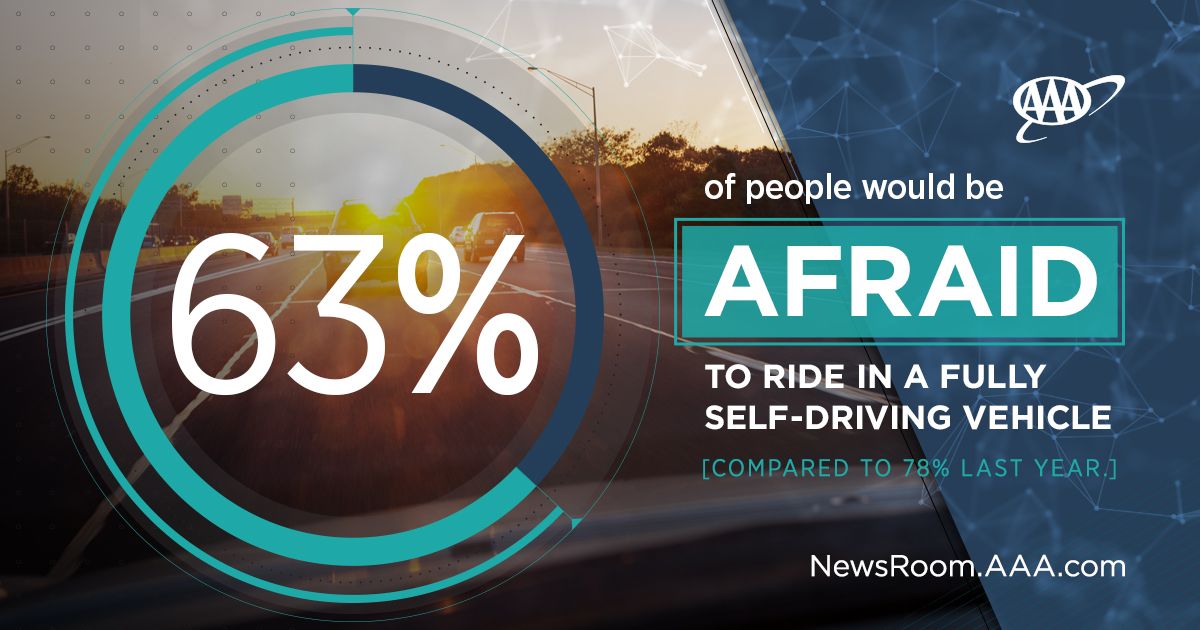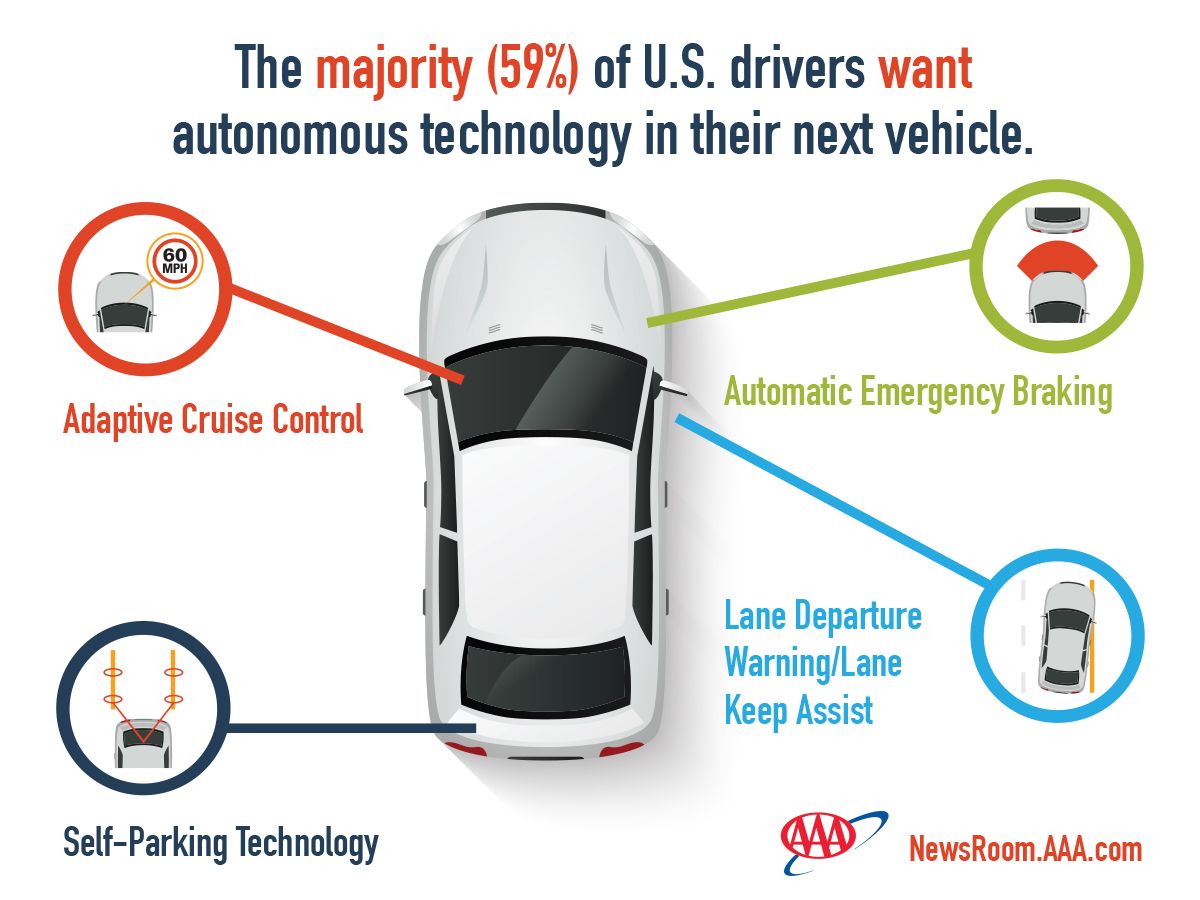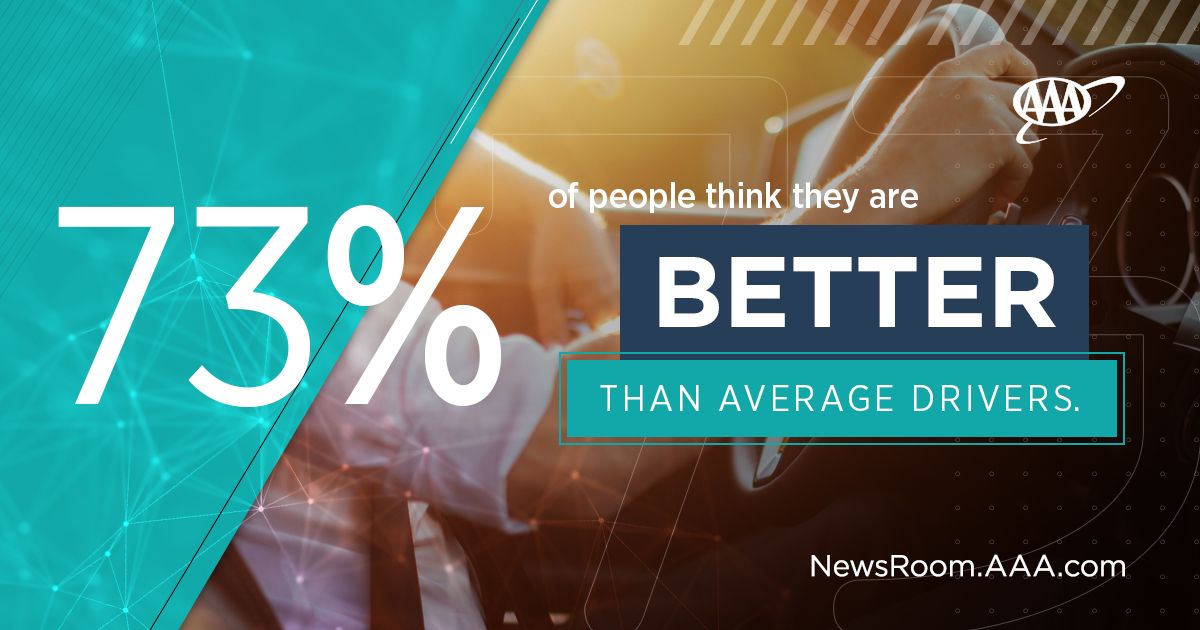The American Automobile Association (AAA) has been conducting an annual study to better understand the attitude consumers have towards autonomous driving technology. Now in its third year, the study has revealed some interesting information, including the shifting attitude towards the developing technology. According to the study, American drivers are now more accepting of driverless cars and self-driving technology. A majority of the respondents are still afraid of the tech, but the percentage of drivers who are now warm on the idea of riding in a self-driving car now sits at 28 percent, a sharp increase from where it was in year’s past. On the contrary, 63 percent of American drivers are still afraid to ride in a self-driving car while nine percent are unsure.
There are different ways to look at the AAA’s recent findings regarding driver perception towards autonomous driving technology. If you’re an optimist, you’re looking at the survey results with a smile on your face because there are now more drivers that are warm to the technology. If you’re a pessimist, you’re doing the same and saying that a majority of drivers are still afraid of the technology. Regardless of where you stand on the issue, the race to develop autonomous driving technology is already happening.
It comes as no surprise too that millennials are less afraid of the technology than Generation Xers and baby boomers. According to the study, 49 percent of millennials are still queasy about the technology. While that’s still a high number, it’s far less than the results among Gen Xers (70 percent) and baby boomers (68 percent).
The study also revealed that 46 percent of U.S. drivers would feel less safe sharing the road with a fully self-driving car when they’re driving a regular. As far as having the technology in their next vehicle, only 27 percent said that they don’t want it, though 23 percent are still unsure about the prospects.
If there’s anything the AAA study revealed, it’s that autonomous driving technology still isn’t embraced by a majority of U.S. drivers. That’s a fair assessment because the tech itself still has a lot to prove before people become more accepting of it. It’s also possible that some people’s understanding of the tech is skewed by misguided perceptions.
In a conversation with Drive, Greg Brannon, AAA’s automotive engineering director, said that one way to get people to start accepting self-driving technology is to gradually introduce aspects of the technology through driver-assist systems like adaptive cruise control and autonomous emergency braking. In addition to their clear-cut purposes, they also help drivers get used to the idea of giving up some control of their cars to computers.
"I think what people might want to consider is that (self-driving technology) will be an evolution rather than a revolution," Brannon added.
Ultimately, automakers will bear the responsibility of alleviating whatever concerns drivers may have about autonomous driving technology. There are means and ways to do it that don’t involve shoving the tech down consumer’s throats in the hopes that they’ll accept it without knowing everything about it. Raising awareness of the tech's safety benefits is tops on that list because the sooner drivers understand the safety benefits of autonomous driving technology, the sooner they'll start to embrace it. "We do believe that it holds promise to save thousands of lives on the road every year," Brannon said.
References
Read more technology news.
Read more autonomous cars news.



